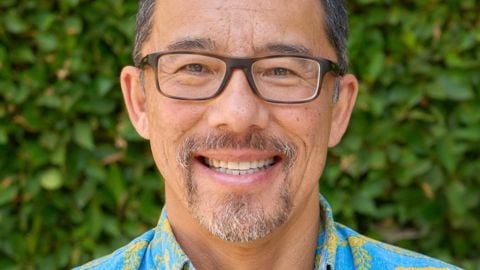Jabal el-Hussein camp is one of four camps established in Jordan after 1948 to accommodate refugees who left Palestine as a result of the 1948 Arab-Israeli war. The camp was set up in 1952 for 8,000 refugees on an area of 0.42 square kilometres, northwest of Amman. The refugees replaced the original tents with more durable shelters and the United Nations Relief and Works Agency for Palestine Refugees in the Near East (UNRWA) provided roofing. The camp has since grown into an urban-like quarter and has become part of Amman. As with other camps in Jordan, Jabal el-Hussein camp faces severe overcrowding. There is no space for further building. Christophe Lueder discusses mapping the critical dimensions of the built environment and it’s effect on the socio-cultural layers.
Image courtesy of interviewee. March 8, 2017






